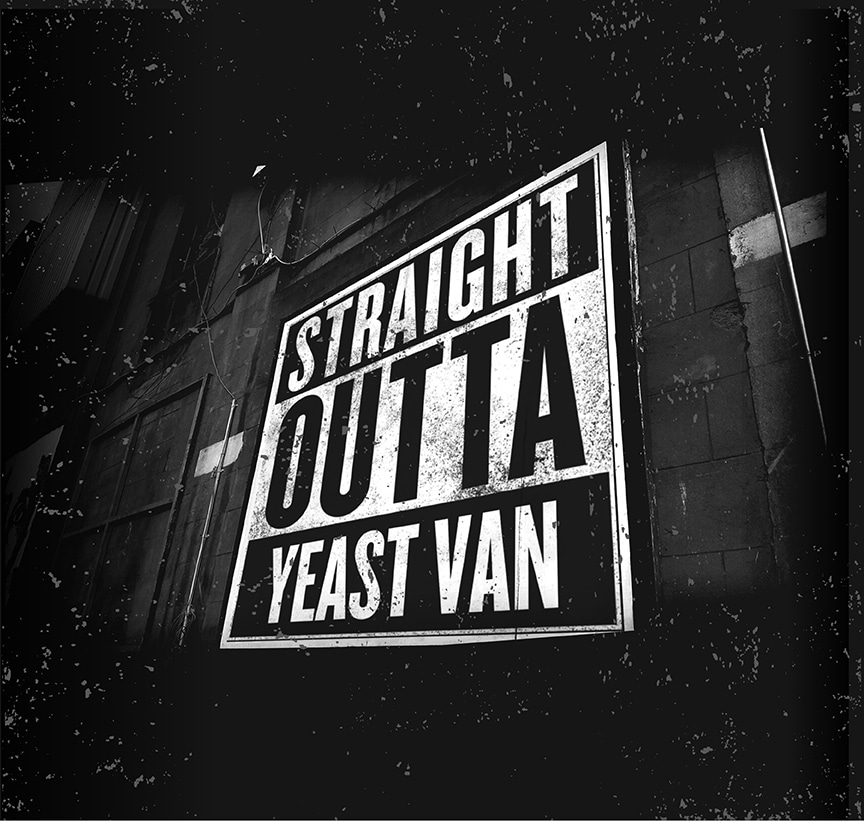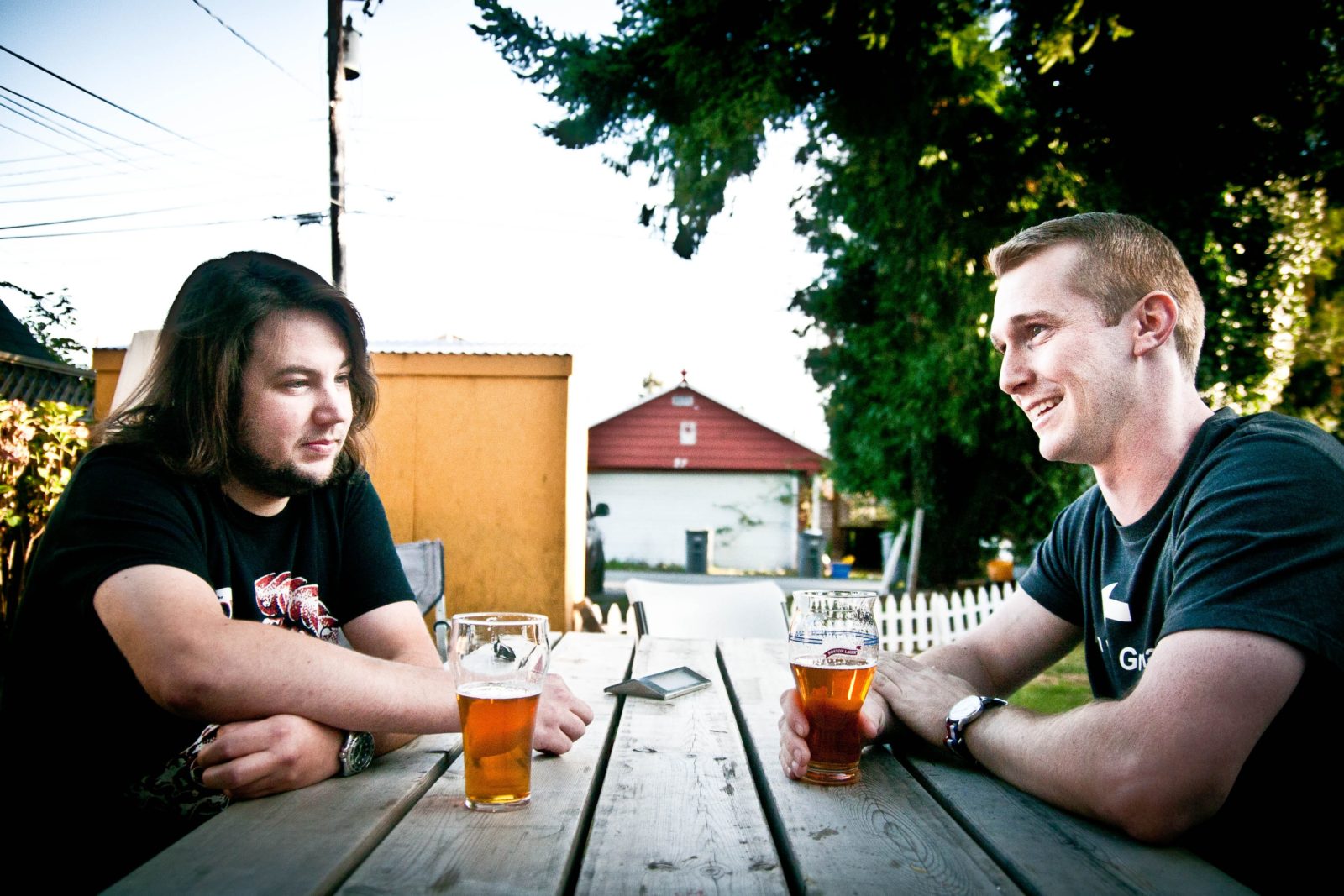Discovering the Italian Pilsner
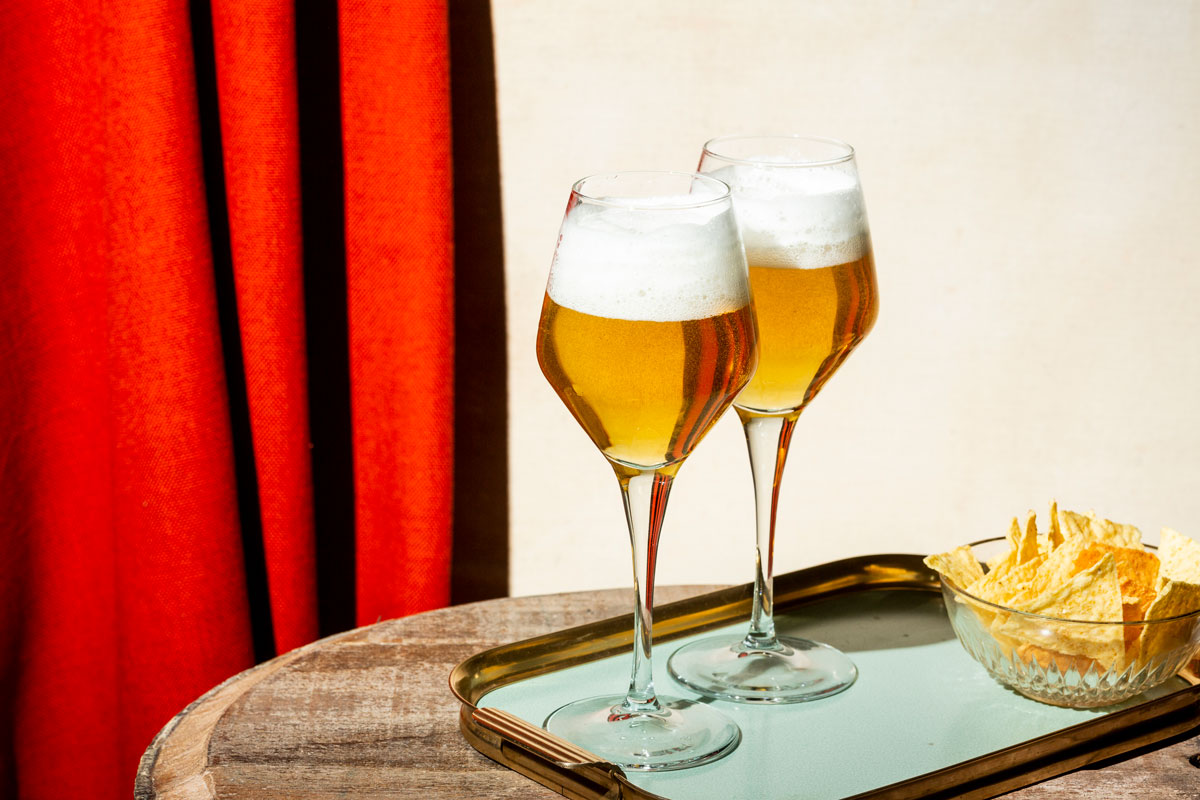
If you’re like most craft beer lovers, you’ll turn to an IPA when you’re looking for hops. But if you haven’t tried an Italian Pilsner, you’re missing out. Giulio Gori of the Archea Brewery in Florence told me the Italian Pils “enhances the aromatic profile and complexity of pilsners,” and Bryan Jansing of Rome’s Italy Craft Tours enthused about its “effervescence, creamy head, hoppy smell, pilsner taste.” The first Italian Pilsner, made back in the mid ‘90s, transformed Italians’ view of what beer could be.
Beer in Italy: A Short History
Italy has long been a mix of cultures and tastes. However, in general, Italians have not enjoyed beer as much as wine. Brewing first became an industry due to the country’s 19th-century occupation by Austria. Italian brewing came to emulate German, Austrian, and Belgian styles. But, according to Jansing, beer wasn’t really part of family meals or food pairings.
The growth of the craft beer in Italy in the 1990s slowly allowed beer to be appreciated by the discriminating Italian palate. And one of the important moments in this process was the accidental invention of the Italian Pilsner.
The Italian Pilsner in Italy
One of the first craft brewers in Italy, Agostino Arioli, opened his Birrificio Italiano near Milan in 1996. Arioli had a passion for beer and wanted to create a niche within wine country: “I was brewing beer for beer lovers…I just wanted to give a new chance to beer drinkers to simply drink beer.”
To make Italian beer, well, Arioli wanted to avoid simply replicating German or Belgian beer. Italian beer needed to be its own thing. So when he brewed his pilsner, he took the English practice of dry-hopping and applied it to a German beer style. “I had the chance to brew whatever I wanted,” he said. “No respect for any rules because we don’t have any rules [about brewing] in Italy.”
This mishmash of techniques produced an oddball pilsner that Arioli called Tipopils, which means “a kind of pilsner.” Tipopils was immediately popular, with other breweries making their own versions, like Del Ducato’s Via Emilia, Grado Plato’s Sveva, Altavia’s Badani, and Lambrate’s Magute. American brewer Matt Brynildson of Firestone Walker first encountered Tipopils at the World Beer Cup in Germany, and he was impressed. By 2013 he unveiled his own version of the Italian Pilsner: Pivo Pils, a beer that brought Italian Pilsners to North American tastebuds.
What is it?
Italian Pilsners, often just called “Pils” in Italy, have become a truly Italian beer style. Italians are very creative with traditional styles, according to Jansing. Marco Valeriani, an award-winning Italian brewer, explained the range of lagers made at his Alder Brewery: German, Franconian and Czech, with both Bavarian and Franconian lager yeasts. When you add hops, the possibilities for lagers become endless. His Italian Pilsner is yet another twist on the conventional lager.
Italian Pilsner is now being made all over Italy and North America. To be considered an Italian Pilsner, noble hops should be used in the bittering, with additional noble hops added at the end or dry-hopped. The combination of the rich, biscuity pilsner base is complemented by the floral or fruity qualities of the late hops.
Italian Pils in B.C.
I recently returned from five weeks in Italy, where I experienced the gustatory delights of Italian beer and wine, but you don’t have to travel that far for an Italian Pilsner. There are several B.C. breweries that can give you a taste of Italy here at home.
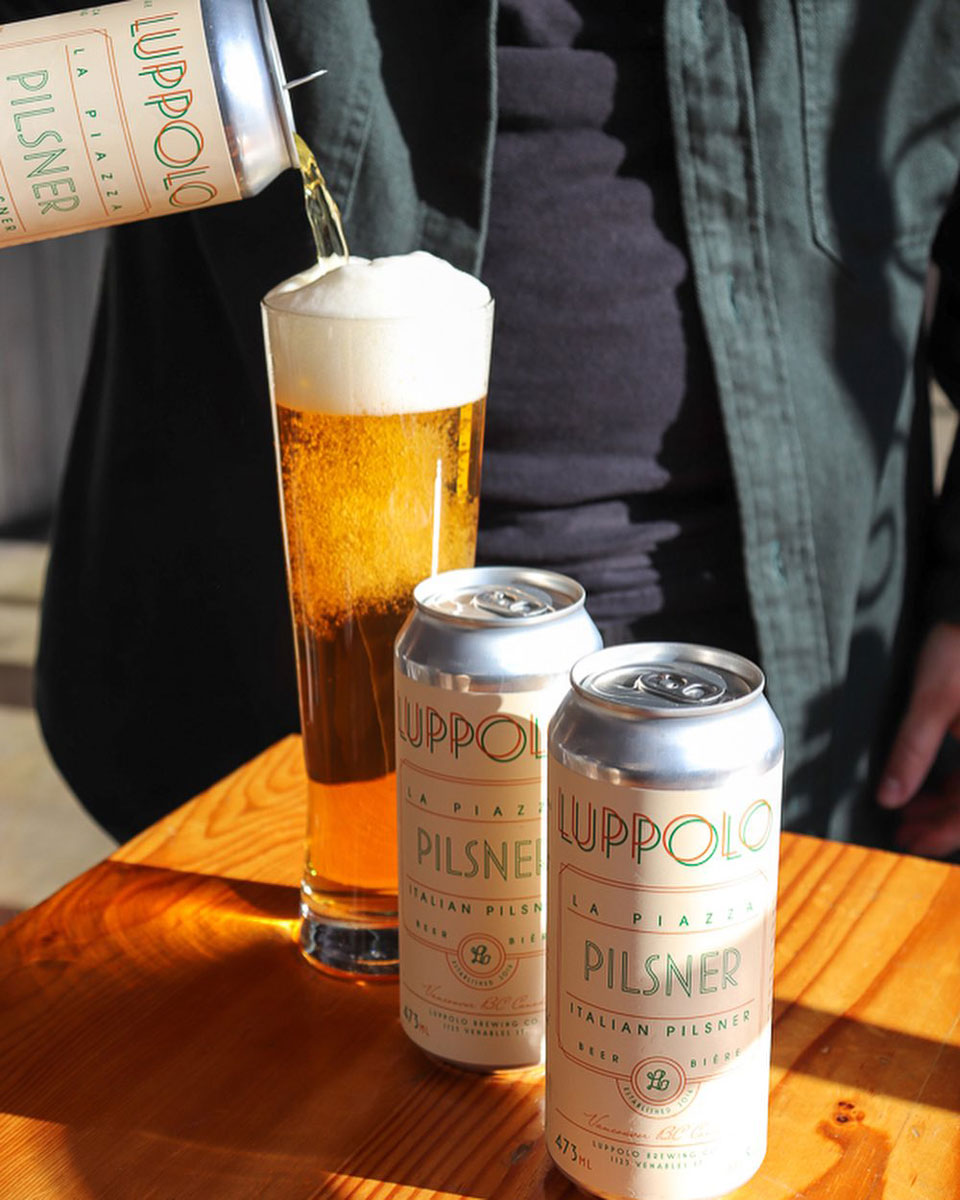
Luppolo Brewing // La Piazza
Luppolo is where you can find Italian-style beer in Vancouver. Brewmaster Ryan Parfitt laughs while he explains that their regular Pilsner was first called “Italian Pilsner” just because some of their owners were Italian.
But then they noticed that U.S. breweries, beginning with Firestone Walker, were making this style. They discovered Arioli’s Tipopils. By 2020, they were dry-hopping their pilsner and it became La Piazza. “The dry-hopping with noble hops is a key component of Italian Pilsners,” says Parfitt. “But it can’t be in your face – it’s more balanced.” They mix up their grain bill a bit, trying to use local barley as much as possible, but the hops are the key element.
La Piazza has biscuit, graham cracker, and honey in the malt, an earthy and floral hop character, and a clean crisp finish. It’s a refreshing and well-balanced beer that takes me back to Italy.
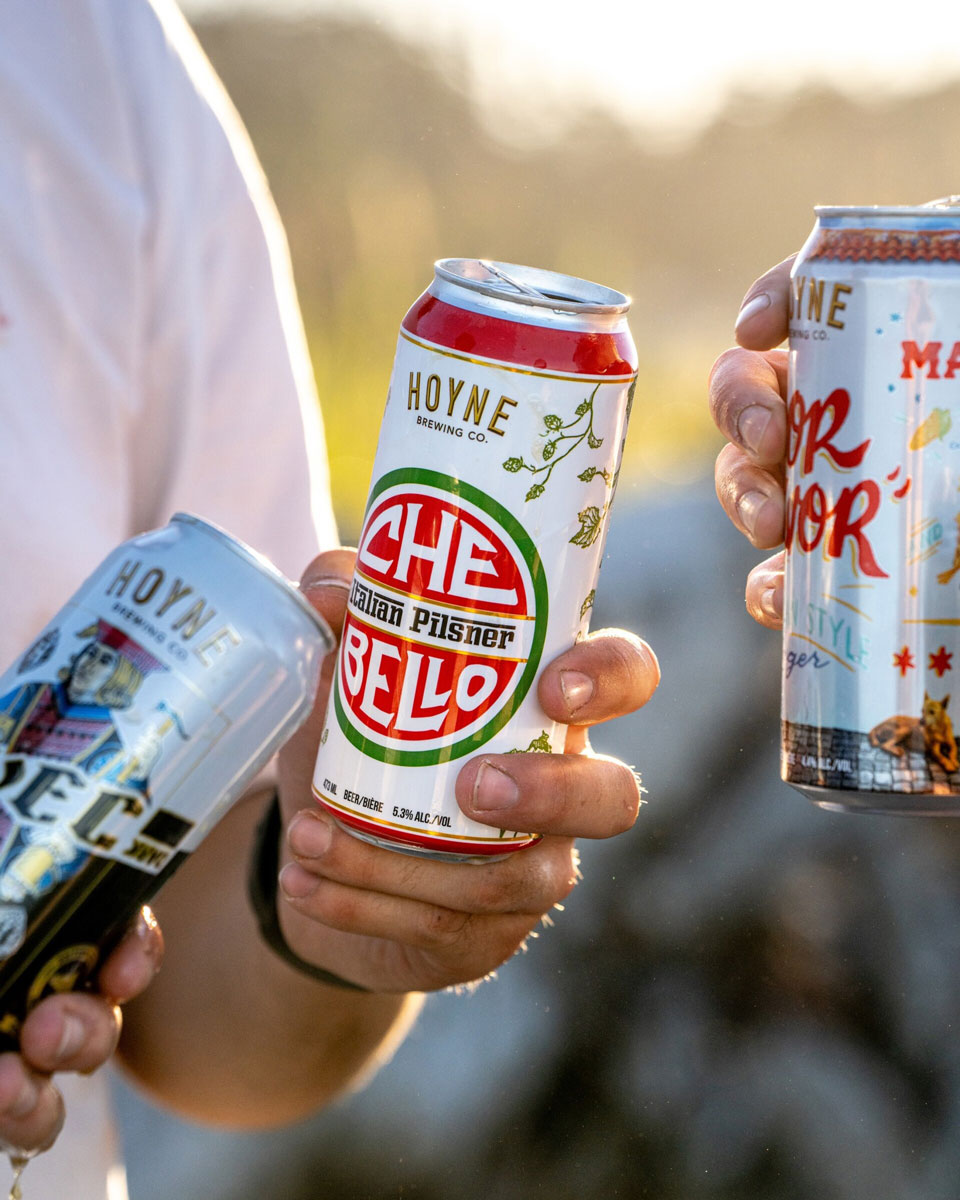
Hoyne Brewing // Che Bello
Hoyne’s head brewer Antoine Foukal created their Che Bello Italian Pilsner. Seeing how so many breweries in Italy were trying to emulate North American beer styles, Foukal instead wanted to adapt a classic Italian beer and present it to the BC market. Inspired both by the popularity of Tipopils and Hoyne’s own focus on traditional beers, Foukal set to work on making a pilsner that would be European in style and yet distinct from the Hoyne Pilsner.
The result was Che Bello, an Italian Pilsner brewed from Eraclea (an Italian barley), bittered with Spalter Select, and dry-hopped with Saphir. While smelling and sipping, I noted sweet cut grass, melon, lemon, and honey – all from the hops. “A pilsner is such a good canvas to showcase high quality hops!” Foukal explains. I recommend trying Che Bello to see what he means!
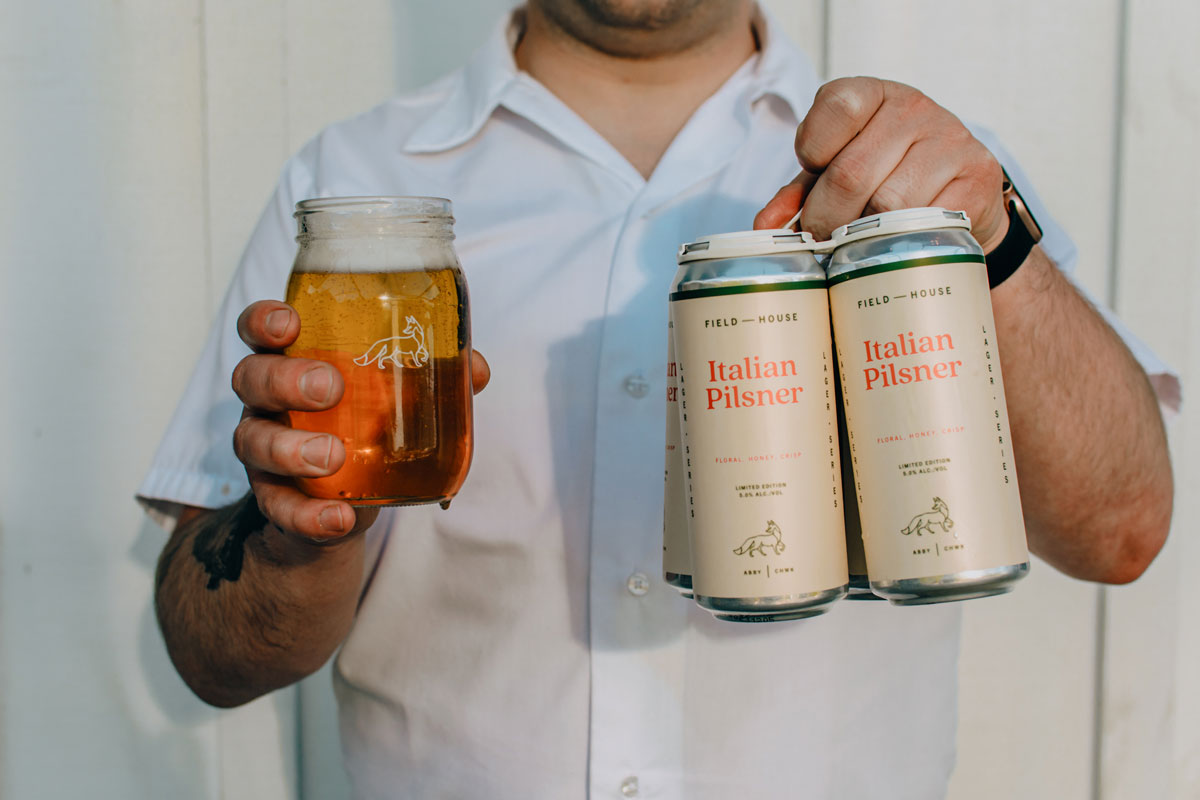
Field House Brewing // Italian Pils
Field House’s Italian Pilsner was created because Field House loves putting modern twists on traditional styles, according to brewer Parker Reid. Their version combines Italian malt with German hops (Tettnang and Magnum). “It’s a more floral and fruitier version of a pilsner, a little softer – not like a Czech Pils,” says Reid when I asked how he’d describe this beer to customers. “It really embodies Italy.”
Their most recent batch of Italian Pilsner was brewed to supply Amici, a new Italian restaurant in Abbotsford. Make sure you stop by for some pasta and a pint!

Twisted Traditions // Noble Libation
Twisted Traditions Brewing doesn’t currently have their own brewery, but they are still putting out some innovative and delicious beers. They call their Noble Libation Italian Pilsner a “new-age Italian pilsner” that blends “new and Old World elements.” Lemongrass and berry notes give this beer its own unique character.

Red Truck Beer Company // La Strada
Red Truck is known for producing beers that are both affordable and approachable. If you’re not sure whether this new pilsner style is for you, La Strada might be a good entry point. There is very light fruit sweetness on the nose but nothing strong. The subtle hop and malt character might be a perfect way to convert someone to more hop-forward brews. La Strada is a tasty, crushable beer – perfect for a B.C. summer!
Sources and Recommended Reading:
Jansing, Bryan and Paul Vismara, Italy, Beer Country: The Story of Italian Craft Beer. 2nd ed. Dog Ear Publishing, 2022.
Fastigi, Matteo and Jillian R. Cavanaugh, “Turning Passion into Profession.” Gastronomica, vol. 17, no. 2, 2017, pp. 39-50.
Hopculture, “What is an Italian Pilsner?” July 10, 2024, https://www.hopculture.com/what-is-an-italian-pilsner/
Dredge, Mark, “The Only Mission is to Follow Your Own Senses – Tracing the Journey of Italian Pilsner.” Good Beer Hunting, June 9, 2021, https://www.goodbeerhunting.com/blog/2021/6/8/the-only-mission-is-to-follow-your-own-senses-following-the-journey-of-italian-pilsner


